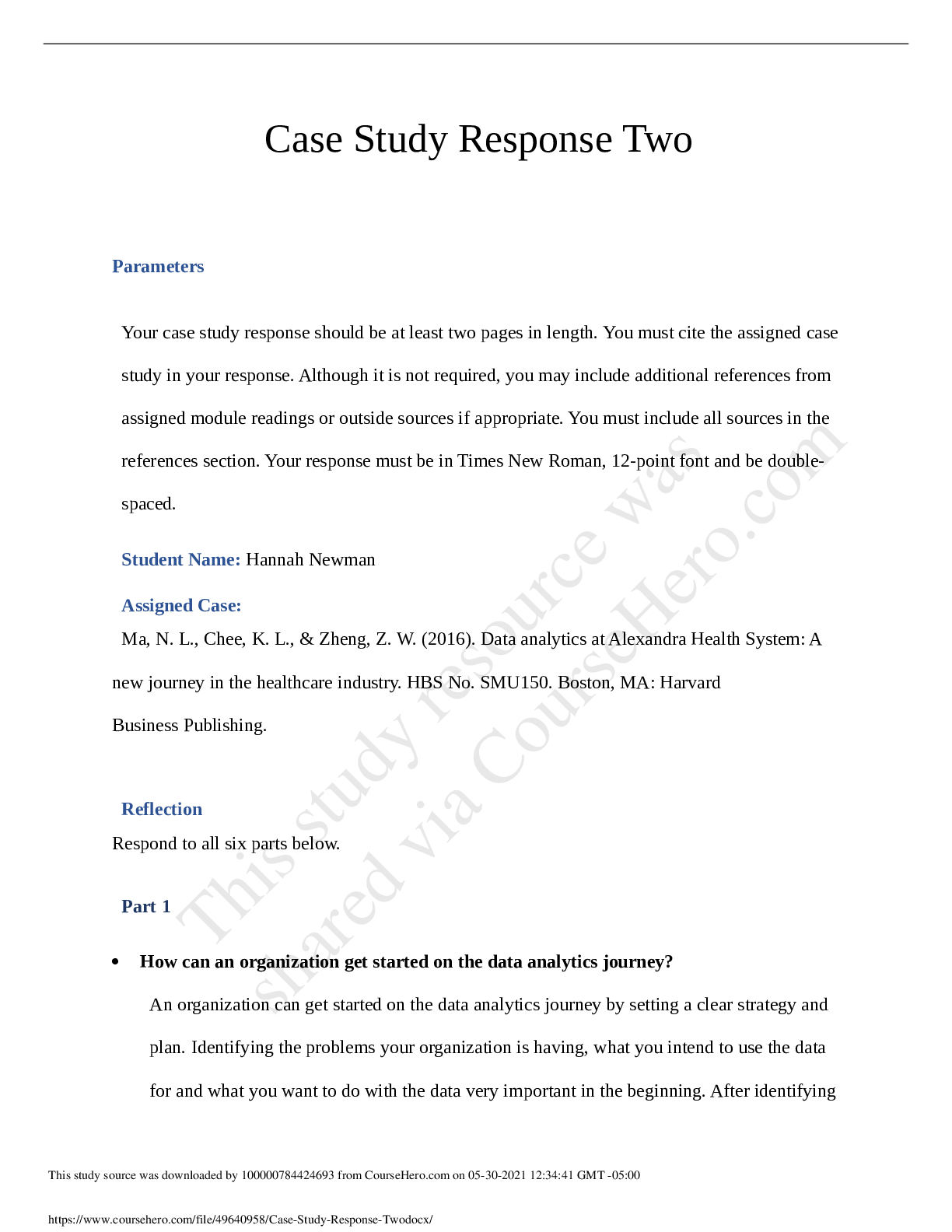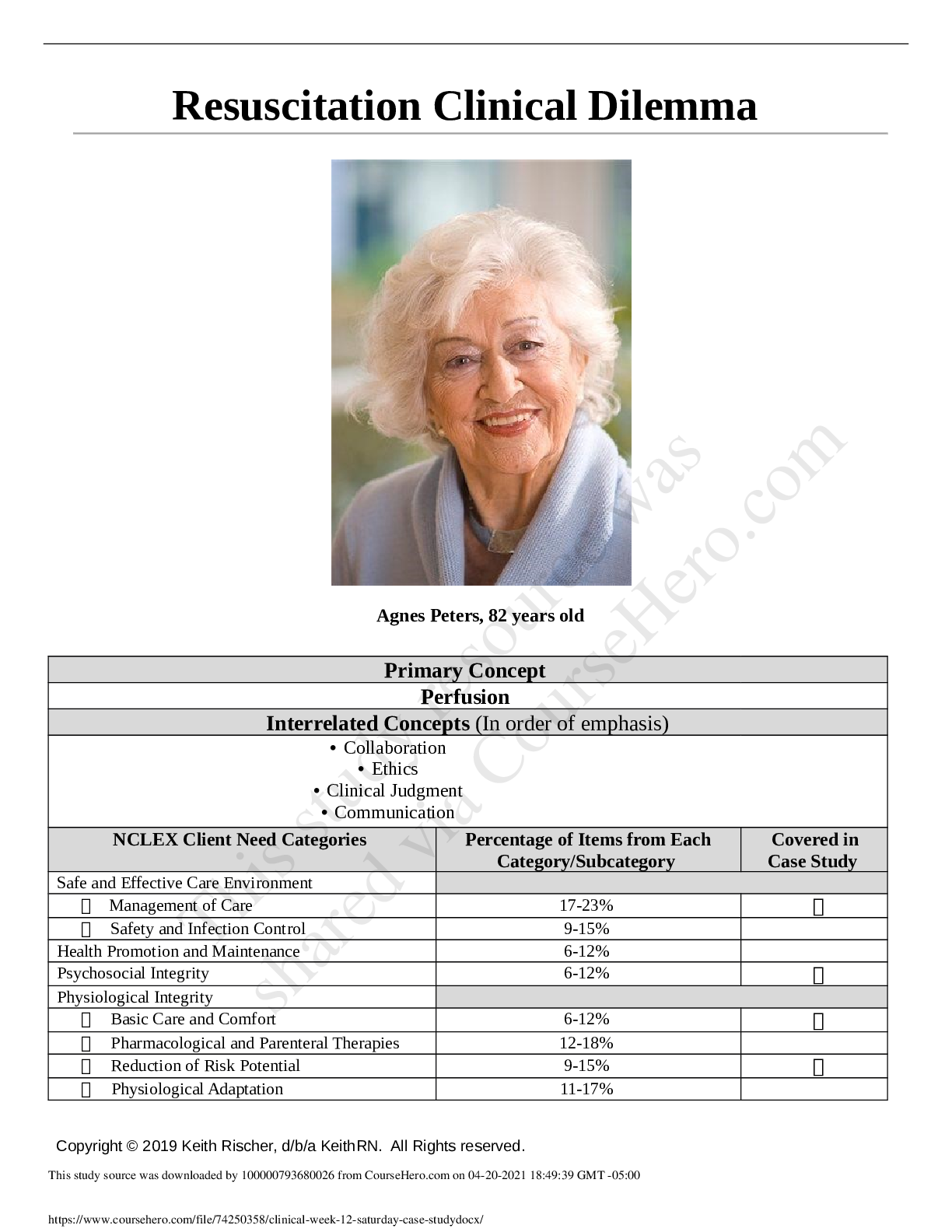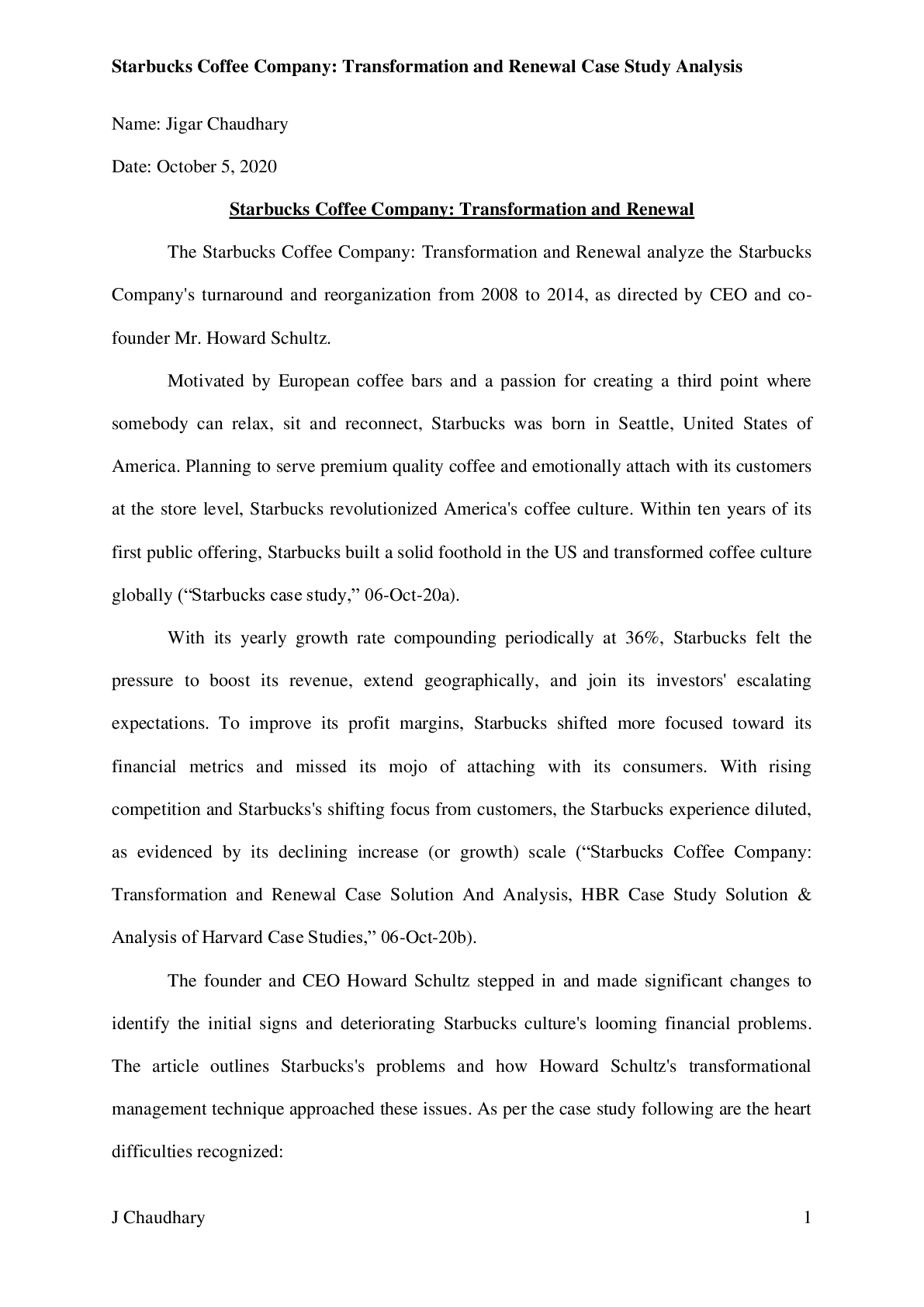BioChemistry > CASE STUDY > Case 9 - Dinitrophenol Case Spring 2019 University Of Georgia BCMB 3100 (All)
Case 9 - Dinitrophenol Case Spring 2019 University Of Georgia BCMB 3100
Document Content and Description Below
We have learned this semester how free energy from the hydrolysis of ATP can be used to drive biochemical reactions, which can be coupled to drive flux through biochemical pathways. In this case, we... will explore how electron transfer potential, or the potential for a compound to be reduced, is converted to phosphoryl transfer potential – in other words, how energy derived from oxidationreduction reactions is stored as ATP. Useful resources http://www.chem.purdue.edu/courses/chm333/oxidative_phosphorylation.swf 1. Sketch a mitochondrion that includes the electron transport chain and ATP synthase and trace the flow of protons that generates a proton gradient used to produce ATP. 2. Understand the concept of reduction potential. 3. Predict how changes in the ratio of ATP to ADP will affect. 4. flux through the electron transport chain. 5. Explain how ATP synthase work. 6. Explain the 1st law of thermodynamics (conservation of energy) in terms of oxidative phosphorylation. 7. Understand what brown fat is and how it relates to the 1st law of thermodynamics. Case: A 27-yr-old woman was admitted to emergency services complaining of fatigue, nausea, and excessive sweating. She reported starting a new diet tablet, containing 2,4-dinitrophenol (DNP), which she bought over the Internet a week before her admission. She had doubled the recommended dose for faster results. Past medical history was negative. She was a non-smoker, non-drinker, and had no known allergies. Initial examination revealed an agitated overweight female (BMI 33) with a Glasgow Coma Scale (GCS) of 15 (i.e., fully conscious, or no apparent brain injury). Her airway was clear, respiratory rate (RR) was elevated (60 breaths/minute), oxygen saturation 100% (“normal”), blood pressure (BP) 122/86, and heart rate (HR) 140 beats/minute. Her temperature was 39°C. There were no other significant clinical findings. Six hours after admission, her situation worsened: GCS 14 (eyes opening to command), RR 44, BP 146/110, HR 150 beats/minutes, and temperature 40°C. An hour later, she became asystolic (i.e., no heartbeat). Cardiopulmonary resuscitation was started. It was not possible to ventilate her due to widespread sustained muscle rigidity. After 14 cycles with epinephrine and atropine, she remained asystolic and was declared dead. I [Show More]
Last updated: 2 years ago
Preview 1 out of 4 pages

Buy this document to get the full access instantly
Instant Download Access after purchase
Buy NowInstant download
We Accept:

Reviews( 0 )
$8.00
Can't find what you want? Try our AI powered Search
Document information
Connected school, study & course
About the document
Uploaded On
Oct 30, 2022
Number of pages
4
Written in
Additional information
This document has been written for:
Uploaded
Oct 30, 2022
Downloads
0
Views
85



.png)










